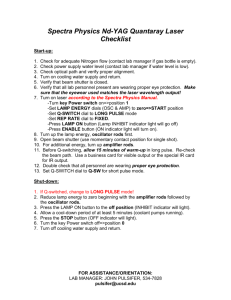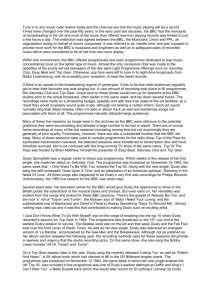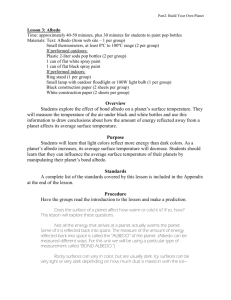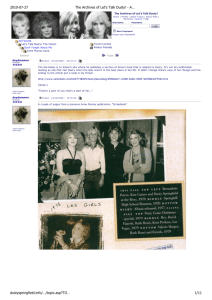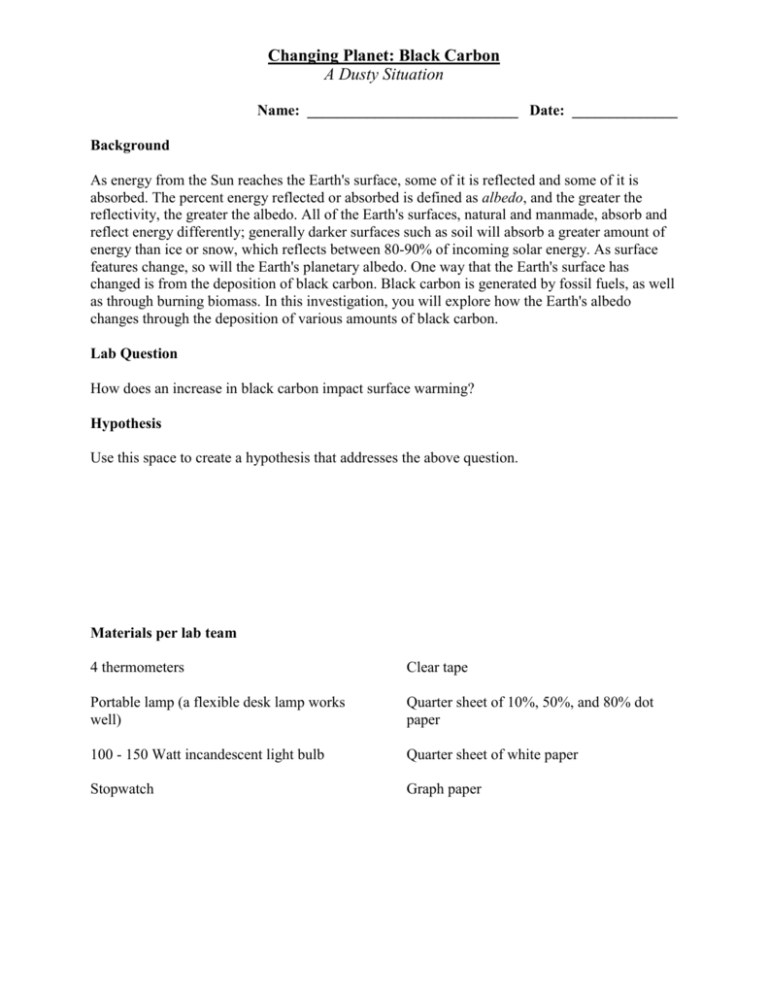
Changing Planet: Black Carbon
A Dusty Situation
Name: ____________________________ Date: ______________
Background
As energy from the Sun reaches the Earth's surface, some of it is reflected and some of it is
absorbed. The percent energy reflected or absorbed is defined as albedo, and the greater the
reflectivity, the greater the albedo. All of the Earth's surfaces, natural and manmade, absorb and
reflect energy differently; generally darker surfaces such as soil will absorb a greater amount of
energy than ice or snow, which reflects between 80-90% of incoming solar energy. As surface
features change, so will the Earth's planetary albedo. One way that the Earth's surface has
changed is from the deposition of black carbon. Black carbon is generated by fossil fuels, as well
as through burning biomass. In this investigation, you will explore how the Earth's albedo
changes through the deposition of various amounts of black carbon.
Lab Question
How does an increase in black carbon impact surface warming?
Hypothesis
Use this space to create a hypothesis that addresses the above question.
Materials per lab team
4 thermometers
Clear tape
Portable lamp (a flexible desk lamp works
well)
Quarter sheet of 10%, 50%, and 80% dot
paper
100 - 150 Watt incandescent light bulb
Quarter sheet of white paper
Stopwatch
Graph paper
Changing Planet: Black Carbon
A Dusty Situation
Procedure
1. Acquire all the lab materials. Create a pocket out of each piece of paper by folding them in
half and sealing one side with a small piece of tape. These pockets will hold your thermometers
during data collection.
2. Place a thermometer in each pocket so that the bulb is covered and the most numbers above
15 C are visible. Arrange all four pockets under the lamp so they each receive the same
amount of energy from the lamp. Do not turn on your lamp! At this point call your teacher over
to check your lab set-up.
3. Once you receive approval from your teacher record the initial temperature of each
thermometer in the data table below. Decide who will take each of the readings so that the
temperatures are read efficiently at each time interval. Caution: do not remove the thermometer
from the pocket since this will affect your readings!
4. Turn the lamp on and record the temperature from each thermometer every 2 minutes for 20
minutes.
5. Turn the lamp off, and continue to record the temperature for another 20 minutes.
Changing Planet: Black Carbon
A Dusty Situation
Data Table
Time
(min)
Starting
Temp
0
2
4
6
8
10
Heat-Up
Time
12
14
16
18
20
22
24
26
28
30
Cool-Down
Time
32
34
36
38
40
White Paper
Temp ( C)
10% Dots
Paper
50% Dots
Paper
80% Dots
Paper
Temp ( C)
Temp ( C)
Temp ( C)
Changing Planet: Black Carbon
A Dusty Situation
6. Clean up your lab station.
7. Create a multi-line graph of temperature vs. time using a different color line for each set of
temperatures. Place the independent variable "time" on the x-axis, and the dependent variable
"temperature" on the y-axis. Title your graph "Heating and Cooling Related to the Amount of
Black Carbon on the Surface"
Analysis
1. Identify what each of your materials represents in the real world.
Lamp: ___________________________________________________
Paper with dots: ___________________________________________
White paper: ______________________________________________
2. Study the lines on the graph.
Which surface heated the quickest? _____________________
Which surface heated the slowest? _____________________
Which surface cooled the quickest? _____________________
Which surface cooled the slowest? _____________________
3. Using the terms absorption, reflection and radiation describe the results of your investigation.
Be sure to talk about your data in your response!
4. How does your team's results compare to the results of the other teams? Explain any
differences there may be.
Changing Planet: Black Carbon
A Dusty Situation
Conclusion
1. Explain how well your model works to explain what is found in the real world as related to
excess black carbon.
2. Explain any limitations your model has in attempting to explain what happens in the real
world.
3. What would you do differently in the future to enhance your model?
Application
1. Is the impact of black carbon a global issue or regional issue? Explain your reasoning.
Changing Planet: Black Carbon
A Dusty Situation
2. EXTRA CREDIT: Use references to learn more about this topic. In particular, learn how
scientists measure the amounts of black carbon on the Earth's surface, and where they do their
research.
3. EXTRA CREDIT: Use references to learn about ways to reduce the amount of black
carbon. Which ones can be "scaled-up" and used around the world? Which ones have a local
impact? Be prepared to share your findings with the class.
The source of this material is Windows to the Universe, at http://windows2universe.org/ from the National Earth Science Teachers Association
(NESTA). The Website was developed in part with the support of UCAR and NCAR, where it resided from 2000 - 2010. © 2010 National Earth
Science Teachers Association. Windows to the Universe® is a registered trademark of NESTA. All Rights Reserved.





